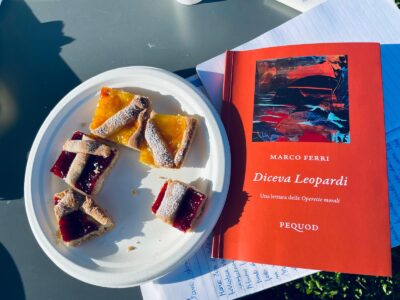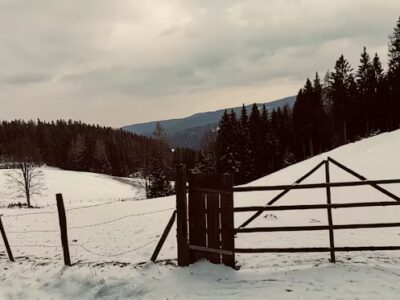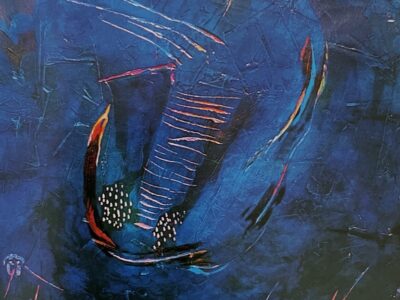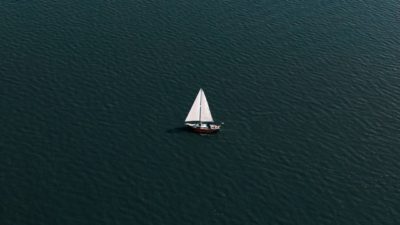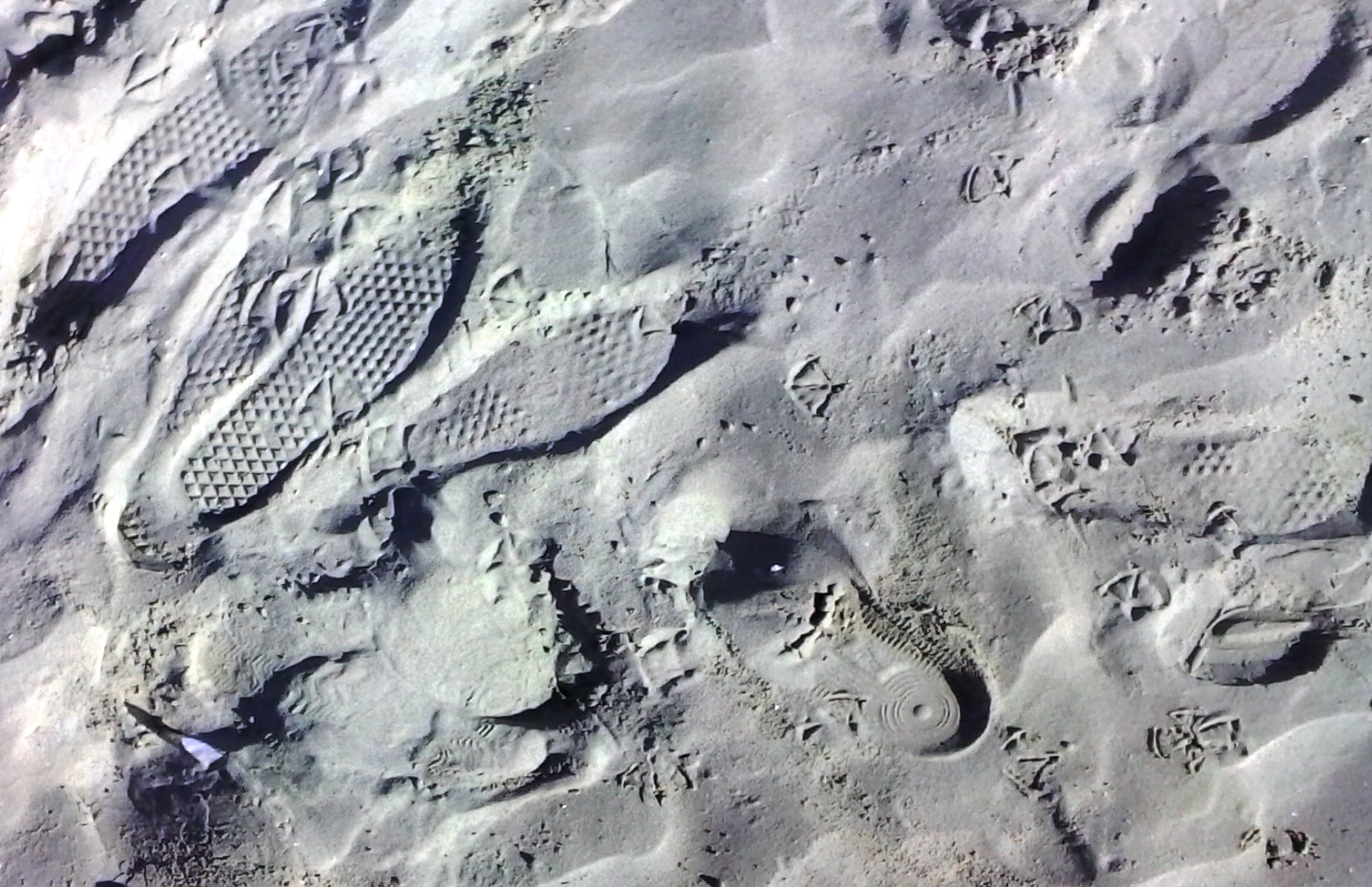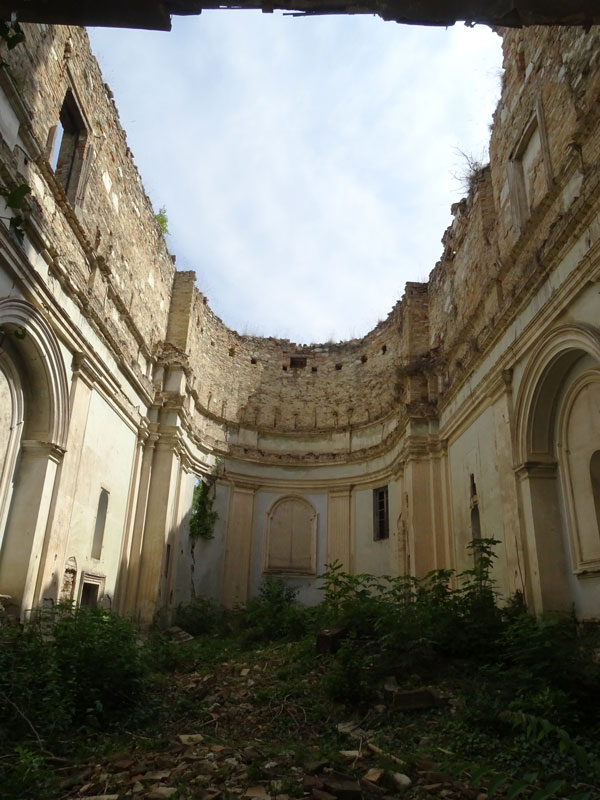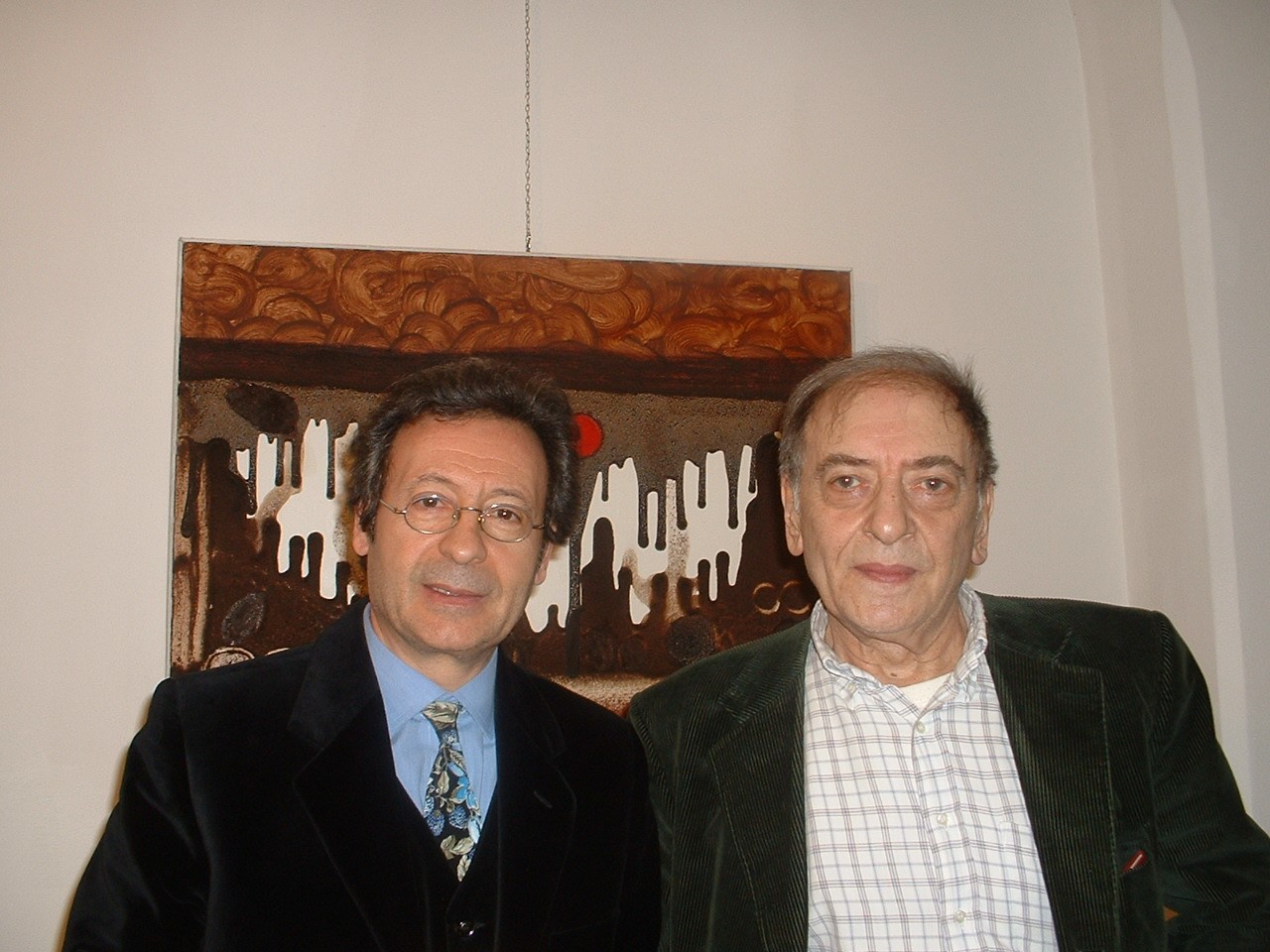La terra sta sull’acqua; ombreggiata di verde.
Ombre, o sono bassi fondali, ai bordi
mostrano sporgenze ricoperte d’alghe
dove l’erba dal verde vira al semplice blu.
O la terra s’inclina per sollevare il mare,
e imperturbabile se lo attira attorno?
Lungo il rosso bruno della crosta di sabbia
è la terra che da sotto tira su il mare?
L’ombra di Terranova si stende piatta e calma.
Il Labrador è giallo, dove l’eschimese lunare
l’ha oliato. Queste incantevoli baie sotto serra
possiamo accarezzarle quasi dovessero sbocciare
o dotare di una gabbia di vetro pesci invisibili.
I nomi delle località costiere finiscono in mare,
nomi di città attraversano le montagne vicine
– qui il tipografo prova la stessa eccitazione
di un’emozione eccessiva per quello che fa.
Le penisole sentono l’acqua tra pollice e indice
come donne che tastano le stoffe degli scampoli.
Le acque della mappa sono più quiete della terra,
prestano alla terra la forma delle loro onde:
e la lepre Norvegia corre tremante verso sud,
i profili perlustrano il mare, cercano terra.
Sono assegnati o i paesi possono scegliere il proprio colore?
(che cosa meglio si adatta al carattere o alle sue acque).
La topografia non fa concessioni ; il Nord è come l’Ovest.
Sono più delicati degli storici, i colori dei cartografi.
[da Nord & Sud (1946) ]
Nel verso che chiude la poesia è racchiuso il sentimento di una descrizione visionaria, forse ispirata dalla contemplazione di un atlante per l’infanzia, e infatti il filo invisibile che lega il primo verso all’ultimo non è soltanto un rapporto tra geografia e storia, ma tra candore infantile e ironia adulta.
Land lies in water; it is shadowed green. / Shadows, or are they shallows, at its edges / showing the line of long sea-weeded ledges / where weeds hang to the simple blue from green. / Or does the land lean down to lift the sea from under, / drawing it unperturbed around itself? / Along the fine tan sandy shelf / is the land tugging at the sea from under? // The shadow of Newfoundland lies flat and still. / Labrador’s yellow, where the moony Eskimo / has oiled it. We can stroke these lovely bays, / under a glass as if they were expected to blossom, / or as if to provide a clean cage for invisible fish. / The names of seashore towns run out to sea, / the names of cities cross the neighboring mountains / – the printer here experiencing the same excitement / as when emotion too far exceeds its cause. / These peninsulas take the water between thumb and finger / like women feeling for the smoothness of yard-goods. // Mapped waters are more quiet than the land is, / lending the land their waves’ own conformation: / and Norway’s hare runs south in agitation, / profiles investigate the sea, where land is. / Are they assigned, or can the countries pick their colors? / – What suits the chacter or the native waters best. / Topography displays no favorites; North’s as near as West. / More delicate than the historians’ are the map-makers’ colors.
